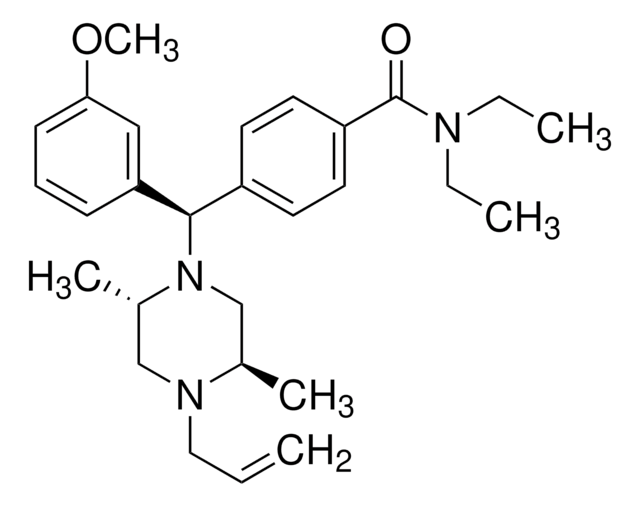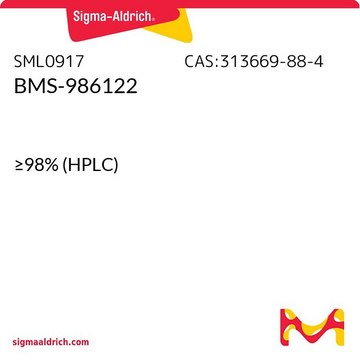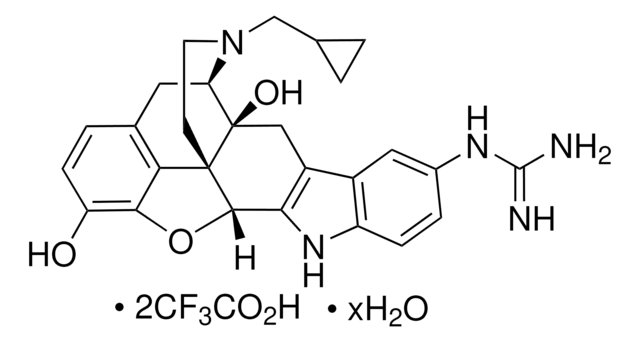E7384
[D-Ala2, N-Me-Phe4, Gly5-ol]-Enkephalin acetate salt
≥97% (HPLC)
Sinônimo(s):
DAGO, DAMGO, Tyr-D-Ala-Gly-N-methyl-Phe-Gly-ol
About This Item
Produtos recomendados
Nível de qualidade
Ensaio
≥97% (HPLC)
temperatura de armazenamento
−20°C
cadeia de caracteres SMILES
CC(O)=O.C[C@@H](NC(=O)[C@@H](N)Cc1ccc(O)cc1)C(=O)NCC(=O)N(C)[C@@H](Cc2ccccc2)C(=O)NCCO
InChI
1S/C26H35N5O6.C2H4O2/c1-17(30-25(36)21(27)14-19-8-10-20(33)11-9-19)24(35)29-16-23(34)31(2)22(26(37)28-12-13-32)15-18-6-4-3-5-7-18;1-2(3)4/h3-11,17,21-22,32-33H,12-16,27H2,1-2H3,(H,28,37)(H,29,35)(H,30,36);1H3,(H,3,4)/t17-,21+,22+;/m1./s1
chave InChI
XZZYKCKUDLGXJA-NJUGUJQKSA-N
Informações sobre genes
human ... OPRM1(4988)
mouse ... OPRM1(18390)
rat ... OPRM1(25601)
Procurando produtos similares? Visita Guia de comparação de produtos
Amino Acid Sequence
Descrição geral
Aplicação
- for use as a positive control in the assay of G-protein activation with μ-opioid receptor, to assay the inhibition of cAMP inhibition by DAMGO
- for the determination of the suppression of contraction by opioid receptors
- to determine whether the peripheral application of DAMGO suppresses the hypertonic saline (HS)-induced masseter nociception in slightly anaesthetized rats
Ações bioquímicas/fisiológicas
Embalagem
Código de classe de armazenamento
11 - Combustible Solids
Classe de risco de água (WGK)
WGK 3
Ponto de fulgor (°F)
Not applicable
Ponto de fulgor (°C)
Not applicable
Equipamento de proteção individual
Eyeshields, Gloves, type N95 (US)
Escolha uma das versões mais recentes:
Já possui este produto?
Encontre a documentação dos produtos que você adquiriu recentemente na biblioteca de documentos.
Os clientes também visualizaram
Nossa equipe de cientistas tem experiência em todas as áreas de pesquisa, incluindo Life Sciences, ciência de materiais, síntese química, cromatografia, química analítica e muitas outras.
Entre em contato com a assistência técnica
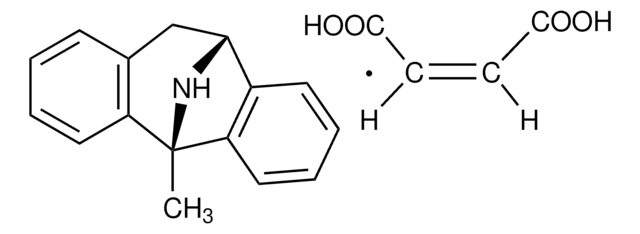
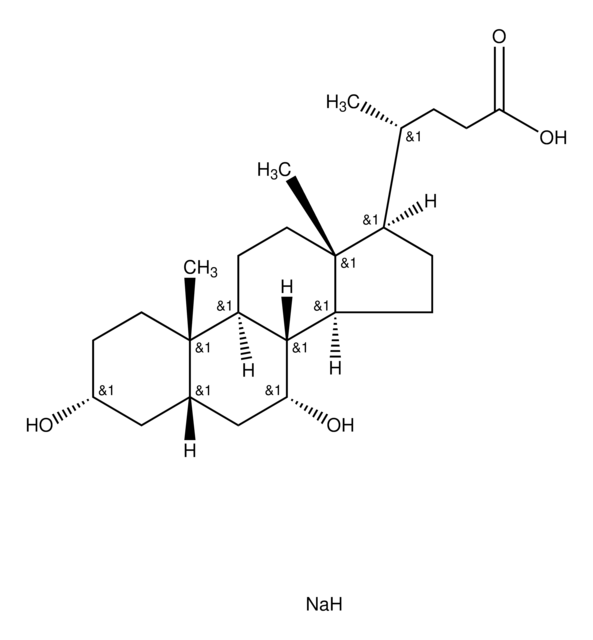
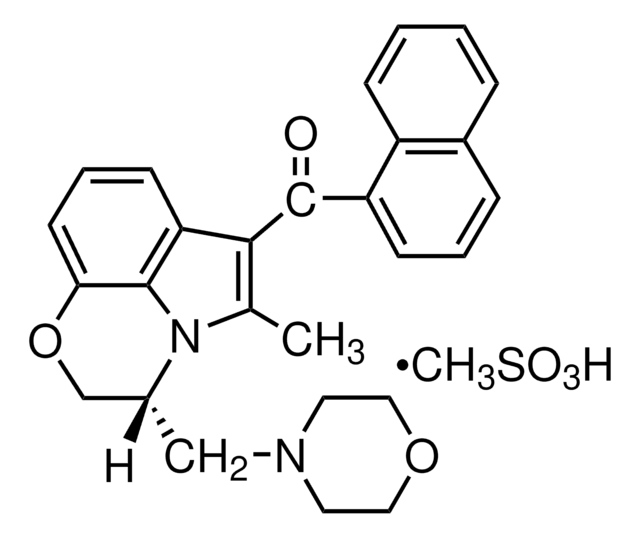
![[D-Ala2, D-Leu5]-Enkephalin acetate salt ≥95% (HPLC)](/deepweb/assets/sigmaaldrich/product/structures/934/176/d990e568-42df-43e9-a231-da7a3d9d7687/640/d990e568-42df-43e9-a231-da7a3d9d7687.png)
![[D-Pen2,5]-Enkephalin hydrate ≥95% (HPLC)](/deepweb/assets/sigmaaldrich/product/structures/184/136/1e0e1352-7665-406c-b51c-9a4fd9474b9a/640/1e0e1352-7665-406c-b51c-9a4fd9474b9a.png)
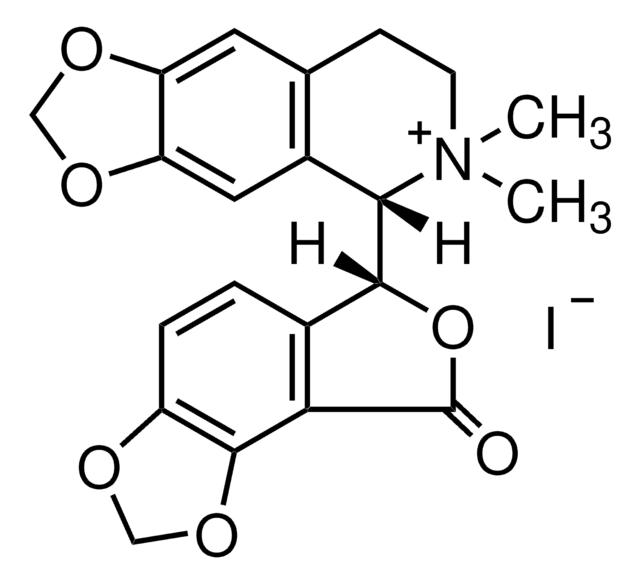
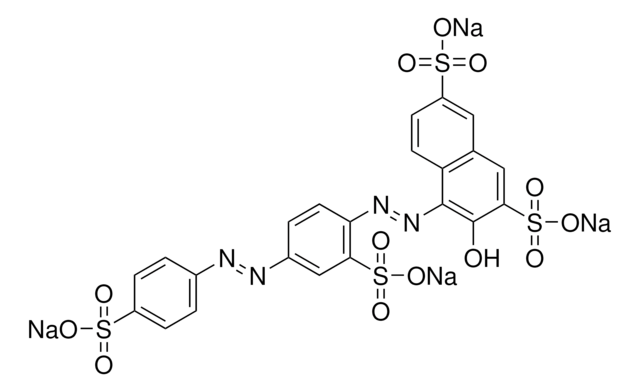

![[D-Ala2]-Leucine enkephalin ≥97% (HPLC)](/deepweb/assets/sigmaaldrich/product/structures/205/481/4fd123c0-14c7-4f90-8bdc-9e54a4bea7f1/640/4fd123c0-14c7-4f90-8bdc-9e54a4bea7f1.png)
